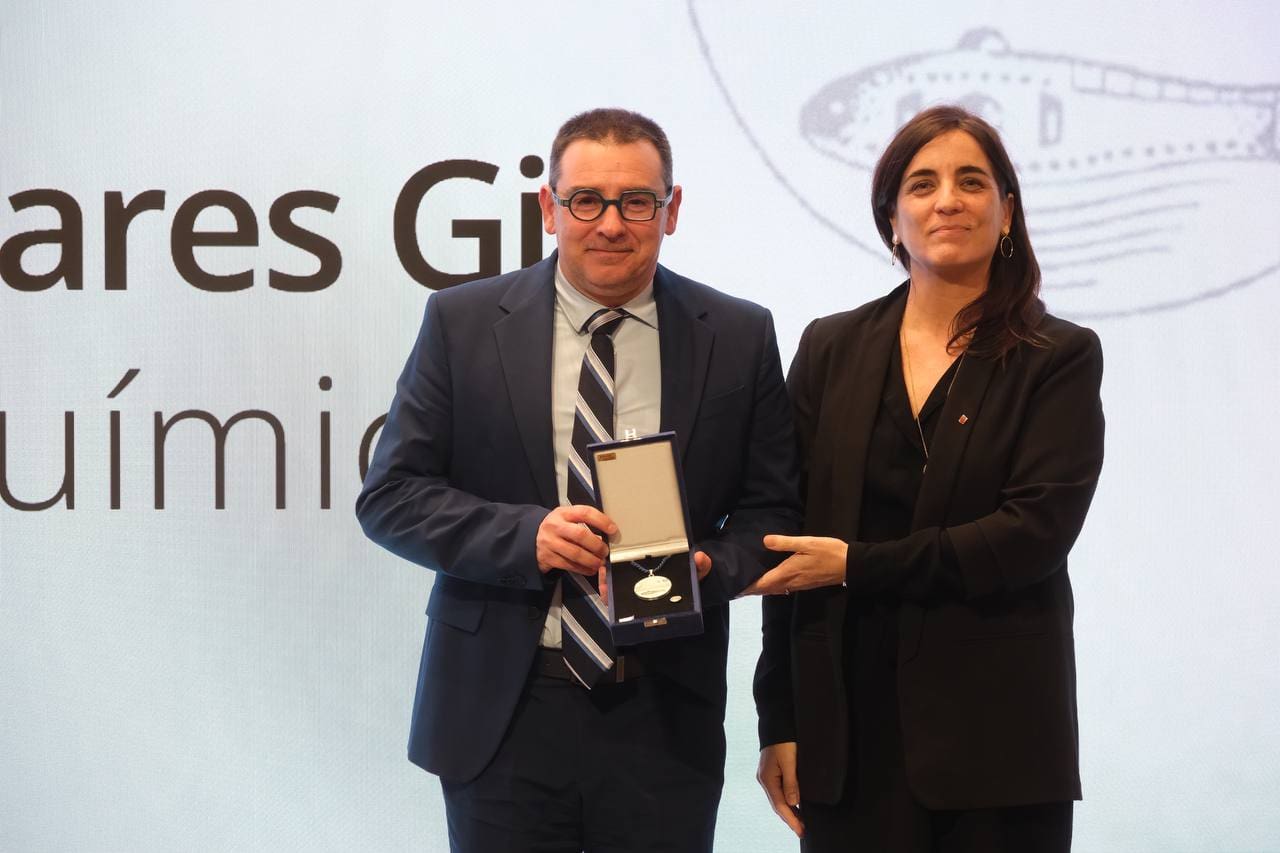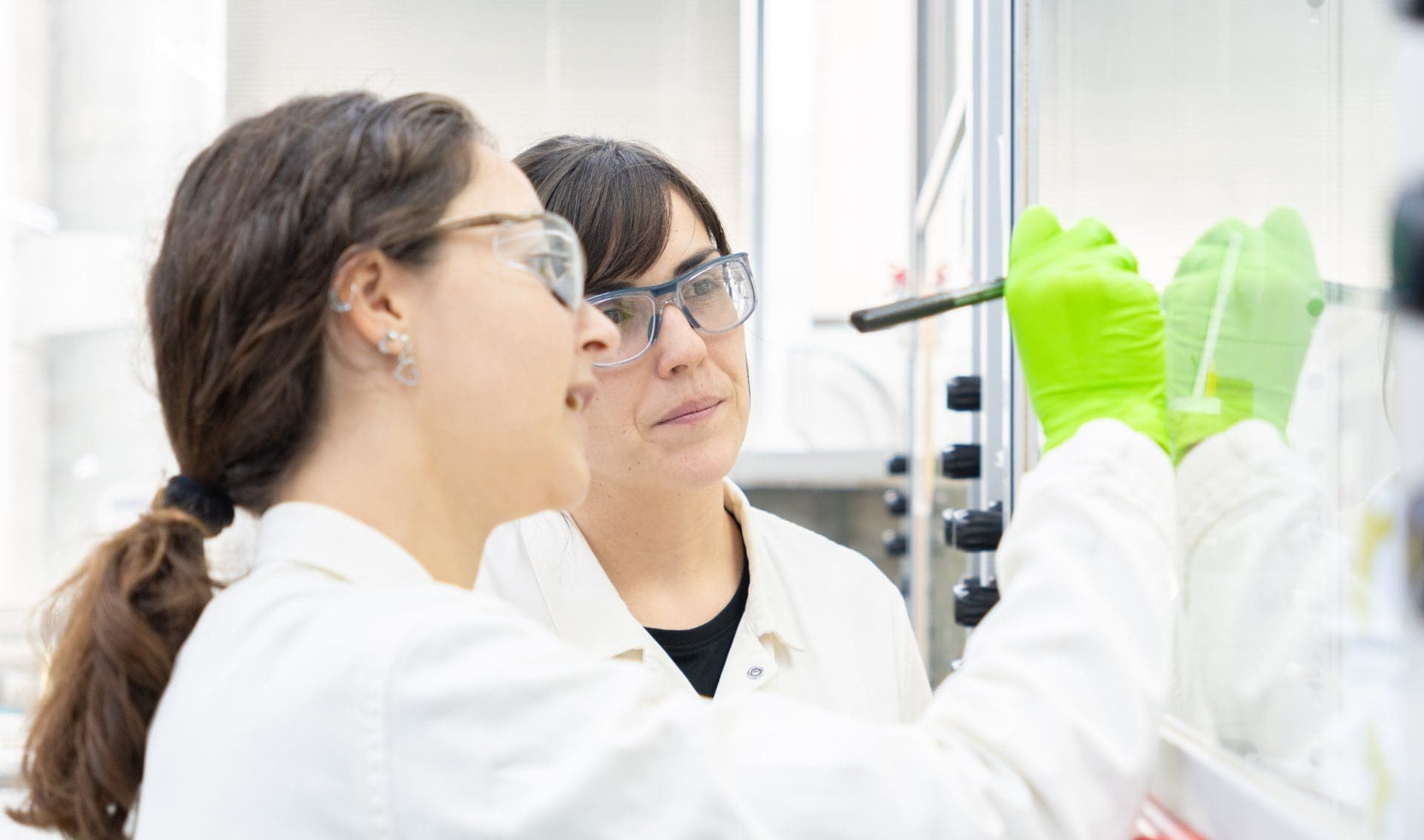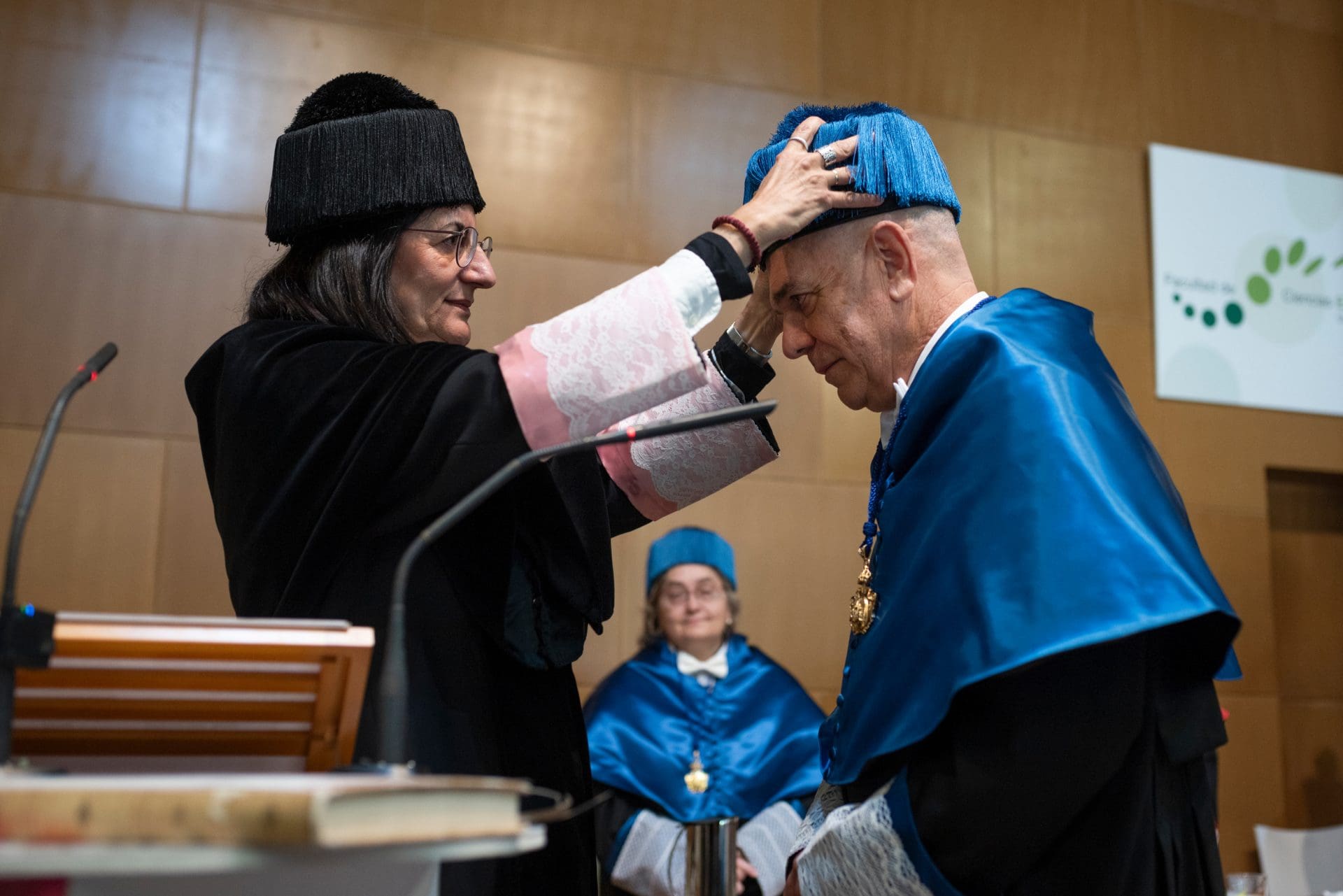Ni−Ni species as vehicles for enabling unorthodox “ring-walking” events to functionalize remote C(sp2)–H sites
Despite the advances realised in nickel-catalysed C(sp2)–H bond functionalisation reactions, the majority of these transformations rely either on acidic C–H bonds or preinstalled directing groups. In this context, the group of Prof. Rubén Martín aimed at unravelling a conceptual new strategy to enable remote C(sp2)–H bond functionalisation aided by Ni complexes in the absence of weak C–H bonds or directing groups.
The group of Prof. Martín leveraged the potential of dinuclear oxidative addition complexes to trigger a dynamic motion at the Ni-Ni core to promote a dynamic translocation of the Ni center at proximal C(sp2) sites by forming a new s-bond and a h2-interaction with the arene backbone. Such a transformation is enabled by a thermally-driven 1,2-hydride shift, with site-selectivity dictate by a subtle interplay of the substituents at the arene backbone and the thermodynamic preference along the ring. The group of Prof. Martín showed that such dynamic motion can be harnessed to promote bond-formations at remote C(sp2)–H sites in the context of Kumada-Corriu reactions.
This work has been published in the Journal of the American Chemical Society (JACS) in collaboration with Prof. Dr. Enrique Gómez-Bengoa from UPV/EHU, and it establishes a new rationale for enabling remote C(sp2)−H bond functionalization of aryl pivalates initiated via nickel oxidative addition complexes. “I believe that this work brings together two of the longstanding interests of the Martin group, which are the exploitation of C–O electrophiles and the functionalization of unactivated C–H bonds. The group has large expertise in the functionalization of C(sp3)–H bonds via Ni-catalysed “chain-walking” reactions and this work sets the basis for designing a new rationale for enabling “ring-walking” events for tackling remote C(sp2)–H functionalization” concludes Dr. Carlota Odena.
Related news

Let's create a brighter future
Join our team to work with renowned researchers, tackle groundbreaking
projects and contribute to meaningful scientific advancements







 17-02-2025
17-02-2025 


















